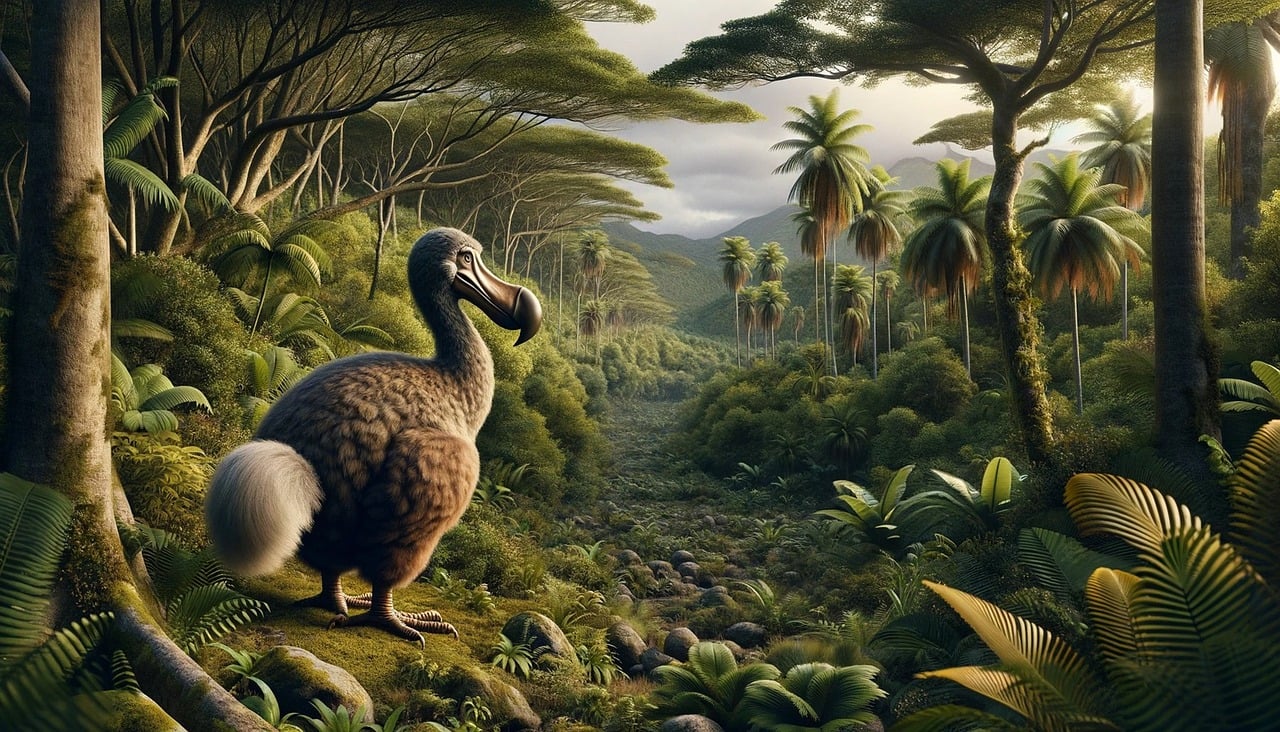Biodiversity dynamics
How do humans change fundamental biodiversity dynamics?
- Humans on islandsHide
-
Islands are important natural model systems for macroecological and biogeographical studies. The isolation of oceanic islands allows us to study ecological change after the arrival of new species or humans. Sedimentary cores that are drilled on these islands, contain fossil pollen which are commonly used as proxies for past vegetation and vegetation change. Making use of openly published fossil pollen data, we demonstrate how the arrival of humans on islands accelerates vegetation change and how this change is mirrored in ecosystem functioning.
Nogue et al. (2021) The human dimension of biodiversity changes on islands, Science
Walentowitz et al. (2023) Long-term trajectories of non-native vegetation on islands globally, Ecology Letters
Strandberg et al. (2024) Floristic homogenization of South Pacific islands commenced with human arrival, Nature Ecology & Evolution
- Late Quatenary extinctionsHide
-
During the Last Interglacial, a period about 130,000 years ago that was climatically very similar to today, large herbivores such as elephants, mammoths or bisons, lived in Europe. Even tough these species survived several cycles of global warming and cooling, they went extinct during the Last Ice Age presumably because of the combined pressures of cold temperatures and human activity. Nature conservation attempts to restore natural ecosystems with intact biodiversity dynamics. We explore if large herbivores could still be a natural part of Europe’s ecosystems given current climatic conditions, which would pinpoint towards open, mosaic-like landscapes as natural landscapes of Europe.

How can we improve predictions on extinction?
- Long-term climate history influences climate-induced extinction riskHide
-
Ongoing anthropogenic climate change is threatening numerous species and is predicted to cause multiple extinctions. Hence, scientists expect a global deterioration of biodiversity and serious consequences for the health of humans and nature. Typically, predictions on future extinctions are based on predicting the loss of suitable habitat given current climatic conditions. Yet, most of the species have existed for thousands or millions of years – as had their ancestors – and developed thermal tolerances throughout earth history. Thus, we hypothesize that the long-term climate history influences how detrimental current global warming is for species. Results show that synergistic climate change events, meaning a short-term warming event, such as current global warming, following a long-term warming event, is increasing extinction risk of up to 40% while antagonistic climate change events, meaning a short-term warming event following a long-term cooling event, are less detrimental. Niche conservatism, which is the inheritance of thermal tolerance from ancestors within phylogenies, is a potential mechanism through which long-term climate history can influence extinction risk.
Mathes et al. (2021) Deep-time climate legacies affect origination rates of marine genera, PNAS
Mathes et al. (2021) Extinction risk controlled by interaction of long-term and short-term climate change, Nature Ecology & Evolution
